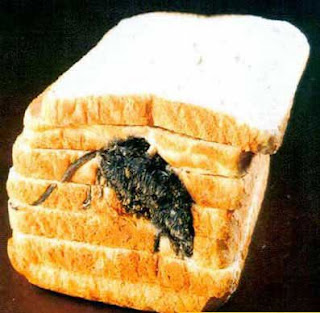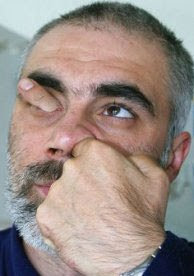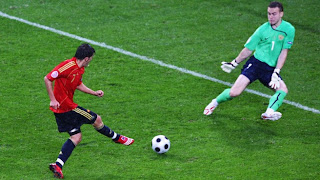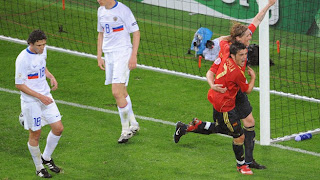1. AVOID CONTRASTY SITUATIONS
Extremes in contrast are a problem for both film and digital photography, but it is especially a problem when shooting digital. When the highlights and shadows are too extreme, the detail in both areas are in jeopardy of being lost. Even you try to "average" the exposure, a compromise between the light and dark areas, the shadows tend to go black and the highlights are washed out.With digital photography, even a subtle difference in contrast can mean the complete loss in detail in the highlights. A light area on the bridge of the nose, for example, that would show detail in a negative can easily be blown out on a chip.
Therefore, try your best to avoid contrasty situations. Patchy lighting is a classic example of what to avoid, but I've seen portraits done on overcast days (it was a bright overcast) that show a loss of detail in skin tone because the contrast was just a little too much for digital cameras to handle. Note: Jim Zuckerman teaches many more digital photography tips in several BetterPhoto courses: Mastering Light; Making Money with Your Photography; Eight Steps to More Dramatic Photography; Creative Techniques in Photoshop; Fundamentals of Photography, and many more.2. REDUCING YOUR FLASH OUTPUT
If you have problems with the flash on your compact digital camera being too strong, here's a solution. First, if you can program your flash to output less (by setting it to -1, or -2, etc.) do that. But if you find that it's still putting out too much light, hold your index finger partly over the flash head when it makes the picture.It would seem illogical, but flash output is so powerful that this actually does the trick. Not only has this been very successful in knocking down the light output for me, it has also warmed up the light of the flash. The light of the flash going through your finger will be softer, more subdued, and much warmer.
Note: Brenda Tharp teaches BetterPhoto interactive courses online at BetterPhoto, including: Creating Visual Impact; Beyond the Postcard; and Mastering Macro Photography.3. REMEMBER YOUR CAMERA SETTINGS
It's easy to change white balance, ISO, etc., in your camera settings, all within the same photography session. But it's not always so easy to remember to change those settings back - especially while in the heat of the excitement! We take care of this problem with a piece of colored gaffer tape, which we move into an area that can be seen easily as a reminder that we have made a change to the original settings.This is critically important when using exposure compensation. After returning your setting(s) back to normal, then we place the tape in a spot where it does not get much attention. This tape can be reused in this manner many times and will still adhere well and does not leave any residue.










